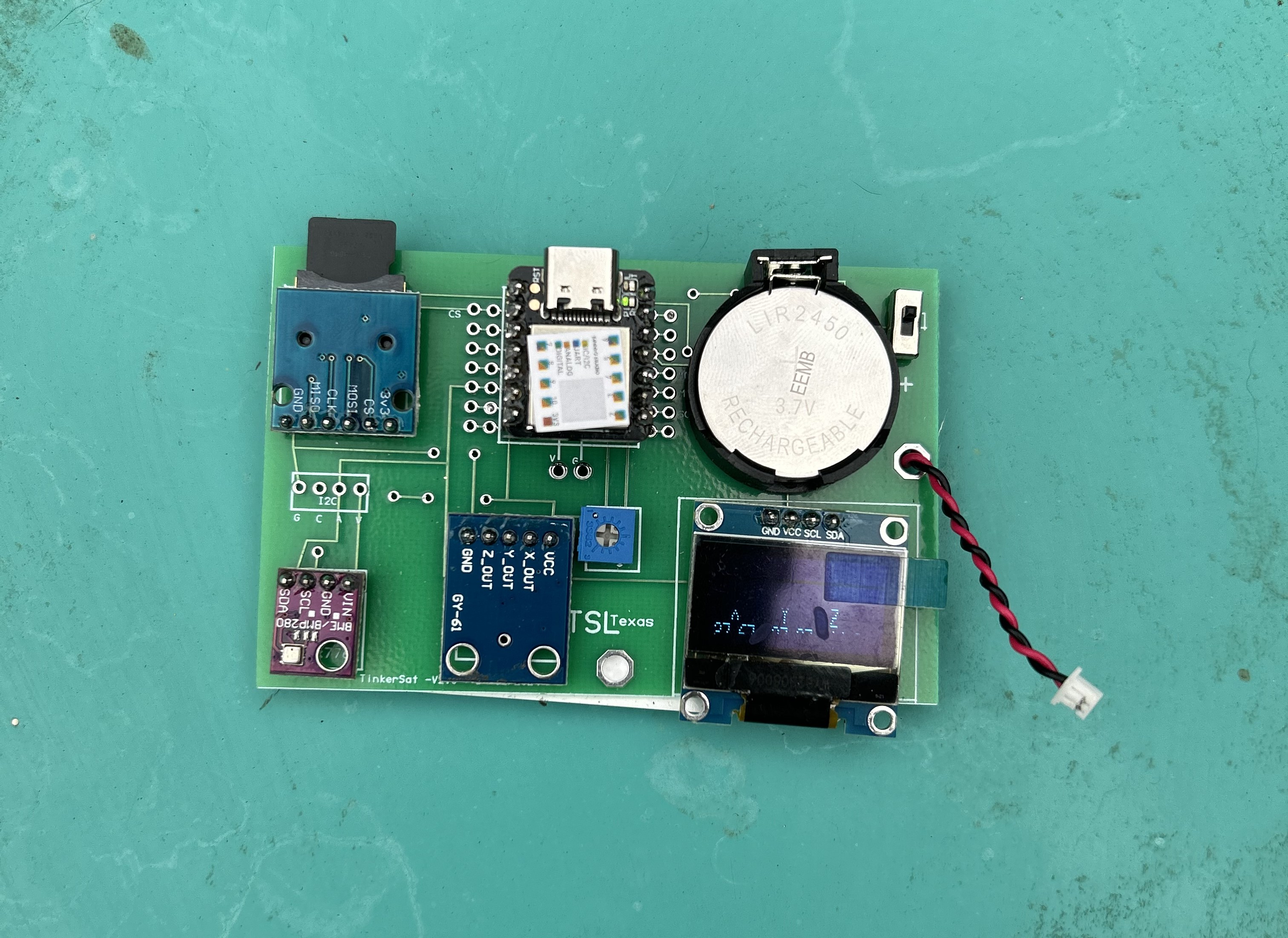During the 2024 total solar eclipse, I was part of a data collection team organized through the Goldstone Apple Valley Radio Telescope (GAVRT) team and Stanford professors. Researchers were stationed at various locations across Texas, each experiencing different degrees of totality. I was positioned in Hunt, TX, at maximum totality.
I performed preliminary testing and operated a monitoring system designed for eclipse data collection, which included temperature, altitude, light, and humidity sensors. I maintained detailed data logs of observed atmospheric changes, recorded progress of the eclipse, and captured imagery throughout the event.

Following the eclipse, I analyzed the collected data, correlating changes in temperature and humidity with variations in light intensity and the progression of the eclipse. I worked collaboratively with my team to produce a video presentation for a national symposium, summarizing the atmospheric effects of the eclipse at different degrees of totality. This presentation was shared with educators, students, and scientists to inform future research and teaching about the immediate environmental changes during an eclipse.